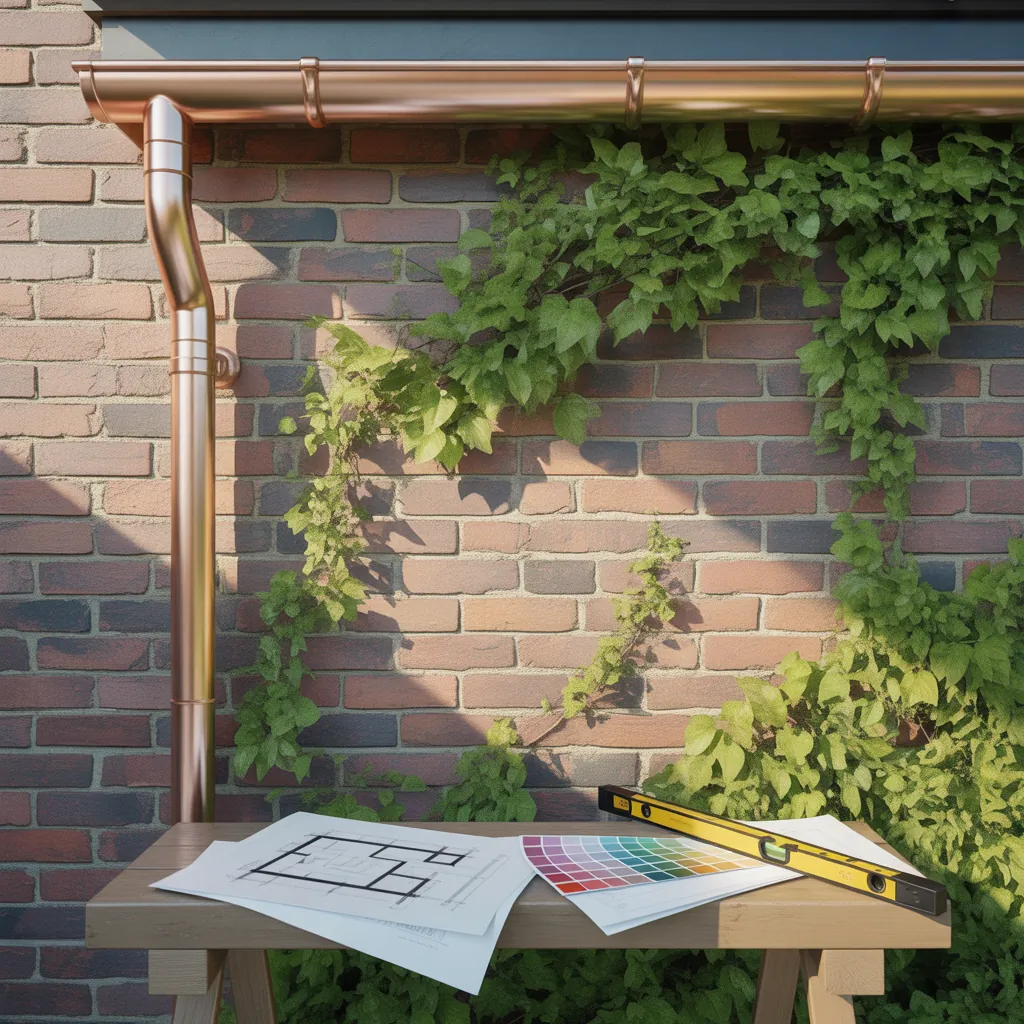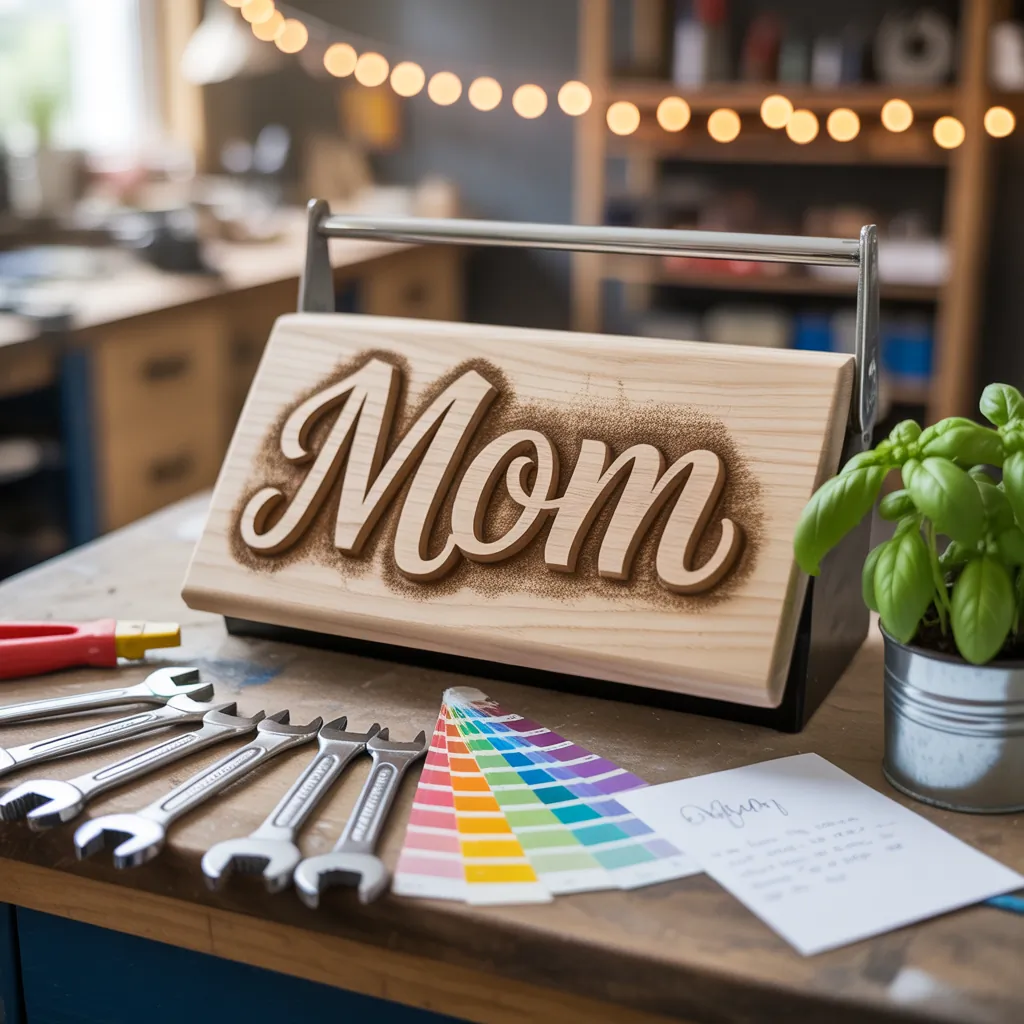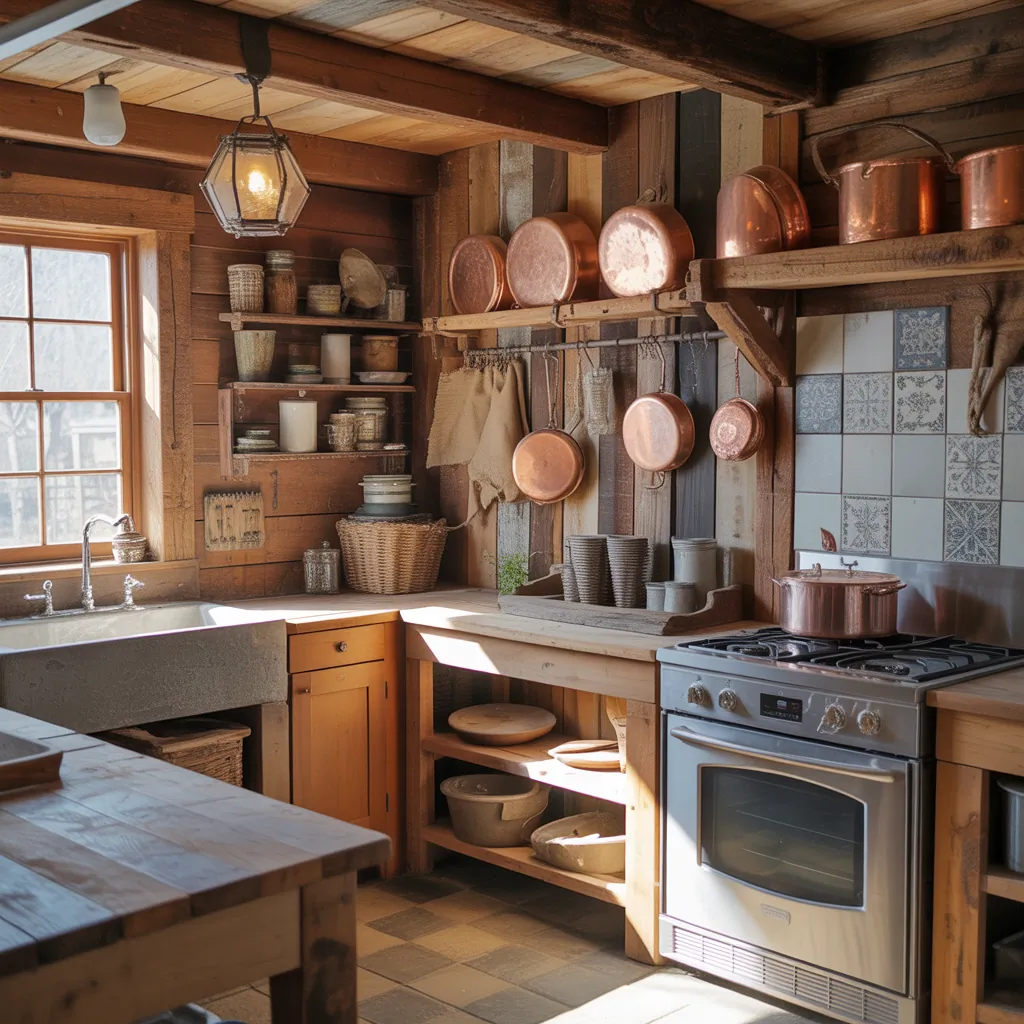Ever stared at a blank exterior wall or a dull living room corner and wished it could feel alive? Maybe you’ve tried a coat of paint, a gallery wall, or a single potted plant—and it still felt flat. The ivy wall concept gives you a simple, high-impact DIY upgrade that brings texture, color, and nature indoors or out. Whether you want a dramatic green facade, a cozy indoor botanical nook, or a subtle green accent, this guide walks you through practical steps, design ideas, and maintenance tips to succeed.
What is the ivy wall concept?
The ivy wall concept is the idea of using climbing plants—natural ivy or similar vining species—to create a vertical green surface. Often called a green wall, living wall, or vertical garden, an ivy wall can be grown directly on exterior walls, trained up trellises, or recreated indoors with planters and support systems. It’s a versatile home design strategy that combines aesthetics, insulation, and privacy.
Why try an ivy wall in your home?
Homeowners choose an ivy wall for many reasons:
- Instant aesthetic improvement: lush greenery visually softens hard surfaces.
- Energy benefits: exterior green walls can reduce heat gain in summer.
- Privacy and sound dampening: dense climbing vines block views and muffle noise.
- Low cost and DIY-friendly: many ivy installations are achievable on a weekend.
Getting started with the ivy wall concept: Planning and preparation
Before you plant a single vine, do a quick assessment:
- Location and light: Is the wall in full sun, partial shade, or deep shade? Choose species accordingly—Boston ivy tolerates sun, English ivy thrives in shade.
- Wall material and protection: Old brick and stucco can handle climbing roots, but painted siding or delicate finishes may need a trellis to protect the surface.
- Purpose: Are you after coverage, accent, living artwork, or insulation? That goal will shape layout and plant selection.
Essential materials for a DIY ivy wall
- Selected vines (English ivy, Boston ivy, creeping fig, or star jasmine for fragrant options)
- Trellis, wire grid, or vertical planter system
- Planting soil or planter boxes (for freestanding or indoor vertical gardens)
- Anchor hardware, wall screws, and hooks (stainless steel for outdoors)
- Pruning shears, gardening gloves, and watering tools
Step-by-step DIY ivy wall installation
This basic plan works for both exterior and interior ivy walls when adapted for conditions.
- Measure and mark the area: Map the wall and note outlets, windows, and fixtures you’ll need to work around.
- Install support: Attach a trellis or wire grid a few inches from the wall to prevent direct root contact with delicate surfaces. For interiors, mount vertical planters or modular living wall panels.
- Choose and plant vines: Space plants according to species—some need one every 1–2 feet, others wider. Use quality potting mix in planters or amended soil at the base.
- Train the vines: Tie young shoots to the support using garden twine. Guide growth in the desired pattern or let it spread naturally.
- Initial care: Water deeply at planting, keep soil consistently moist for the first few months, and avoid fertilizer overload while plants establish roots.
- Prune and maintain: Trim to control spread, encourage density, and remove damaged leaves. Check anchors and irrigation regularly.
Ivy wall design ideas and inspiration
Use these concepts to make your ivy wall unique:
- Patterned growth: Use a grid trellis and train vines into geometric shapes for contemporary appeal.
- Mixed living wall: Combine ivies with ferns, succulents, or flowering vines for texture and seasonal interest.
- Accent frame: Create an “ivy picture” that frames a window, door, or outdoor seating area.
- Indoor vertical garden: Use modular planters or felt pockets with faster-draining soil for houseplants and trailing ivy varieties.
Combining function and style
Thinking beyond looks—add low-voltage LED uplighting to highlight texture at night, or integrate small shelves and hooks for plants and décor. For privacy, grow a denser species along property lines to create a living screen without building expensive fences.
Maintenance tips and real-world advice
- Regular pruning prevents invasive spread. Cut back shoots that reach unwanted places like gutters or roofs.
- Inspect the wall twice a year for damage or pests. Ivy can hide moisture issues; keep an eye on mortar or siding integrity.
- Control root vigor: If you don’t want permanent coverage, use planters or a root barrier at the base.
- Water smart: Drip irrigation or soaker hoses under planters conserve water and keep foliage dry to reduce disease.
- Safety: Don’t plant heavy climbers against historic or fragile masonry without consulting a professional.
Alternatives and when to choose faux ivy
Artificial ivy panels are an excellent solution for low-maintenance indoor green walls, rental properties, or places where real vines could damage the structure. High-quality faux options can mimic living walls without watering or pruning, but they lack the ecological and air-purifying benefits of real plants.
Frequently Asked Questions
1. Is an ivy wall damaging to my house?
It depends on the species and the wall material. Some climbers, like English ivy, can penetrate mortar and hold moisture against masonry over time. To prevent damage, use a freestanding trellis or install a gap between the ivy and the wall. For delicate sidings, consider planters or faux alternatives.
2. How long does it take for an ivy wall to fill in?
Growth rate varies by species and climate. In ideal conditions, you may see substantial coverage in 1–2 growing seasons. Faster-spreading species and warm, humid climates produce quicker results. Be patient—consistent training and pruning speed up the process.
3. Can I create an indoor ivy wall?
Yes. Choose shade-tolerant indoor varieties, provide a support system like wall-mounted planter boxes or trellis panels, and ensure adequate humidity and indirect light. Indoor living walls benefit from a built-in irrigation plan and periodic fertilization to stay healthy.
Wrap-up: Try the ivy wall concept in your next project
Whether you’re seeking a bold exterior facade, a calming indoor green accent, or a privacy screen that doubles as living art, the ivy wall concept is a flexible, cost-effective upgrade you can DIY. Start small with a framed accent or experiment with a modular planter wall before committing to full coverage. If you’re planning other home upgrades, check our pages on DIY projects, kitchen upgrades, and home design ideas for more inspiration.
Ready to bring a living wall into your home? Pick your site, choose a support system, and start training your first vines this weekend—then share photos of your progress and the transformation!



